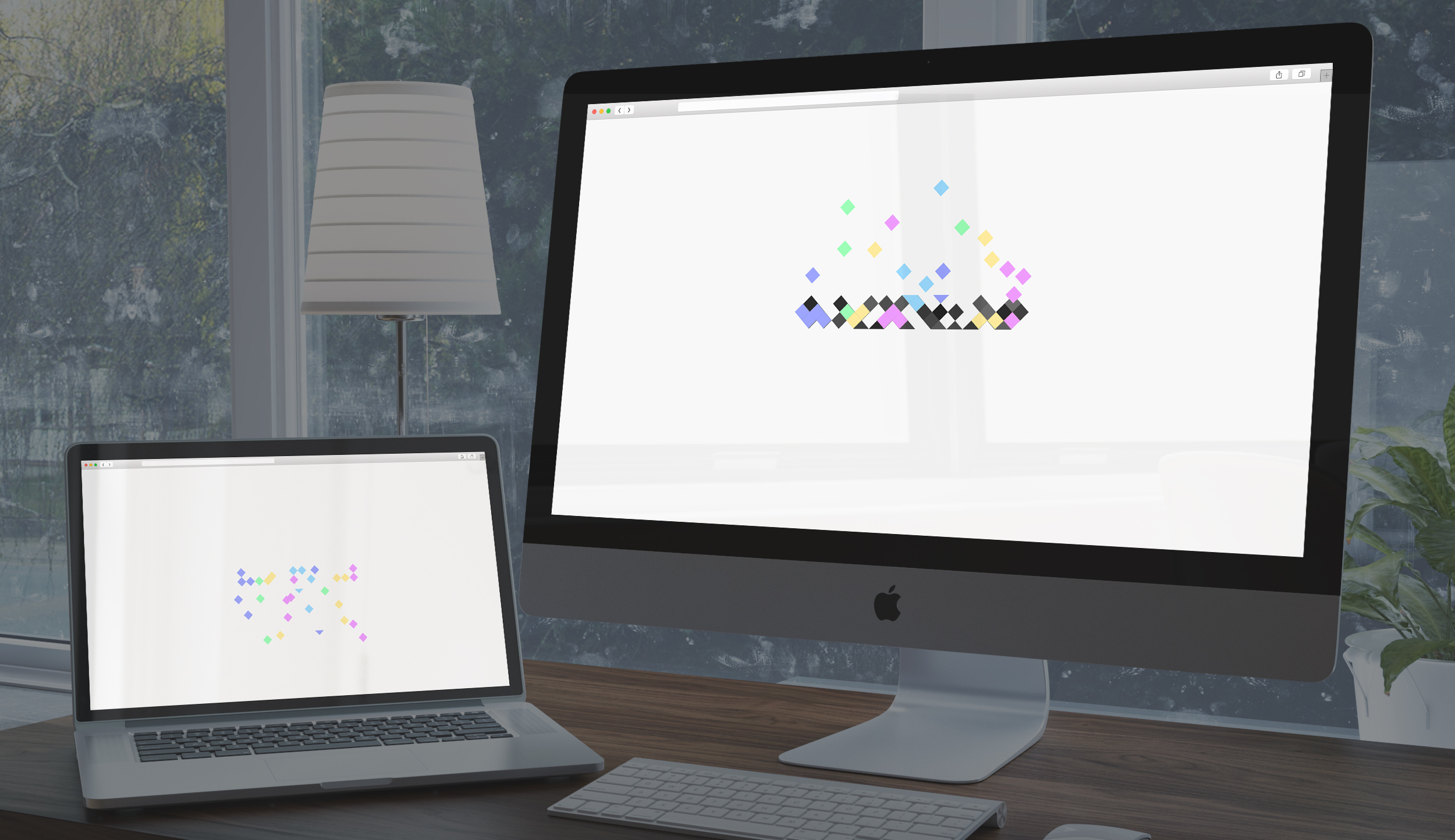
Military Computers
Military
The 1750A is a family of compatible computers that implement the instruction set described by the military standard document MIL-STD-1750A (1980). The computers have been constructed by many methods, by a wide variety of companies. Traditionally, 1750s run aircraft, missiles or parts thereof. They are usually programmed in JOVIAL, a high-level programming language derived from Algol.
The U.S. Air Force defined the standard in order to reduce the costs of software and computer systems for aircraft and missiles. However with the release of the Notice 4 revision to the standard on July 31, 1996 MIL-STD-1750A was declared inactive for use in new designs.
The 1750 usually has a 16-bit bus, and 216 16-bit words of memory. The standard defines an optional memory management unit that allows 220 16-bit words of memory using 512-page mapping registers (in the I/O space), defining separate instruction and data spaces, and keyed memory access control.
Most instructions are 16 bits, although some have a 16-bit extension. The standard computer has 16 general purpose 16-bit registers (0 through 15). Registers 1 through 15 can be used as index registers. Registers 12 through 15 can be used as base registers. Any of the 16 registers could be used as a stack pointer for the SJS & URS instructions (stack jump subroutine & unstack return subroutine), but only register 15 was used as the stack pointer for the PSHM & POPM instructions (push multiple & pop multiple). The computer has instructions for 16, and 32-bit binary arithmetic, as well as 32 and 48 bit floating point. I/O is generally via the I/O instructions (XIO and VIO), which have a separate 216 16-bit word address space and may have a specialized bus.

